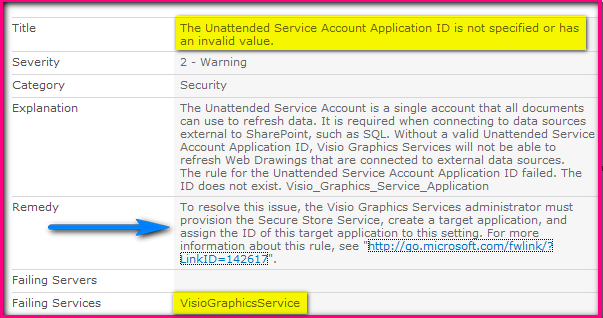Issue: When accessing Managed Content and Structure in SharePoint 2010 site collection, you get an error message.
Error Message: One or more field types are not installed properly. Go to the list settings page to delete these fields: SharePoint 2010.
Background: After recent migration from SharePoint 2007 to SharePoint 2010, when we try to access the Managed content and Structure from the Site settings. It’s through the above error message.
Troubleshooting:
Tried to deactivate the SharePoint Server Publishing Infrastructure features form the Site Collection Features and checked on the site settings page, managed content structure page option was disappeared. Tried to activate Publishing Feature again. It did activate but accessing Managed content and structure again throws the same error.
Resolution:
According to allot many blog/sites on the internet it is said that when this feature is activated it creates an internal List “Relationships List” which is used to store the variations details. This list is a hidden list and cannot be seen from view all site content option. This error occurs because this list was not upgraded correctly.
By looking at difference between a list on SharePoint 2007 and SharePoint 2010 sites. the GroupID field from SharePoint 2007 site has changed to GroupGUID in SharePoint 2010 and the type of field has changed from text to GUID.
The solution is to delete the ‘Relationships List’ manually. You can access the list either directly from the URL.
From SharePoint Designer.
From URL, access the list and hit delete the lib from Library ribbon and from designer, just right click on the list and delete.
Note: Before performing deletion from either of the method, don’t forget to deactivate the SharePoint Server Publishing Infrastructure feature and after performing deletion, remember to activate the feature again.
Now you can check the list containing the column GroupGuid of type GUID. Try to access Managed Content and Structure and it should work now.
If you have any queries/questions regarding the above mentioned information then please let me know.
I would be more than happy to help you as well as resolves your issues, thank you.
Applies to: SharePoint Foundation Server 2010, SharePoint 2010, IE7, IE8, Outlook 2007, and Outlook 2010.


